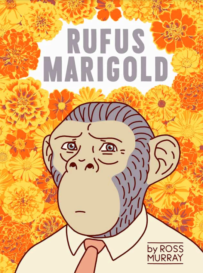B. Catling on ‘The Vorrh’, Alan Moore, J.R.R. Tolkien and More
Dear readers, we have a very special treat for you. Writer, artist, filmmaker and University of Oxford Professor B. Catling has given us an exclusive interview on his new fantasy novel The Vorrh, Alan Moore, Tolkien and much more. Enjoy.
(Photos, copyright David Tolley)
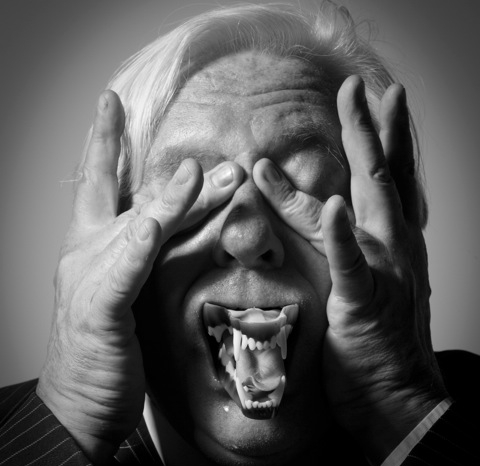
Can you describe the process of writing The Vorrh? Did it flow from the beginning, or did you often hit roadblocks in your writing?
There was a great sense of The Vorrh writing itself, once it finally got underway. I had the opening scene in my head for years, and made several dismal attempts at writing it. But never got past page 3. Then at the time I was making the monument for the Site of Execution in the Tower of London I pledged to myself to make a more assertive attempt. I think it might have been an act of perversity. That is a great engine in my life. To strike out in the opposite direction when things are going well and indicating a clear pathway ahead. So I sat down and began. I had John Fuller’s slim little novel Flying to Nowhere in my head as a prototype; 105 pages of strange genius.
After the first few weeks and a re-location to a sculptural fellowship in Australia, I realised I was waking and writing earlier each morning, and that I was at the keyboard for up to four hours before going to work (day job). That’s when I made my first word count, which I converted to a page count. Then started poking about in my book shelves to get a sense of depth. To my total shock I had already written out of the covers of some of my favorite books and I had just begun.
So there were no roadblocks. It just whispered in my ear and I typed it out. When I tell people about this process, they often ask, “What was the cathartic experience that allowed it to happen?” I always give the same answer; the only one that makes sense and won’t scare them. I say “a Laptop”.
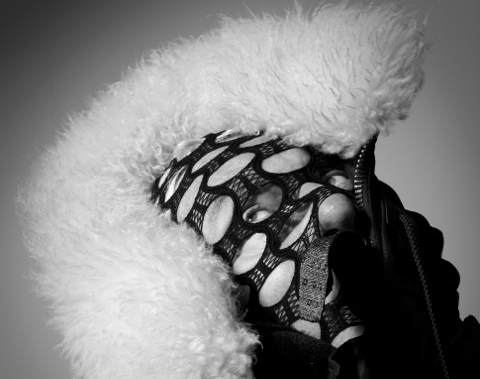
Which books or authors inspired The Vorrh?
The title is taken from Raymond Roussel’s inspirational novel Impressions of Africa. The Great Vorrh forest is used as a backdrop to a series of tableau incidence. He never really shows any interest in it as a thing in itself. I wanted to write something that had a similar sense of dysfunction and detail as Impressions of Africa. Basically my reading is pretty obscure, more fact and poetry than normal fiction. And classic stuff like Huysmans and Marquez. Then every so often something comes along that really jolts. Iain Sinclair had been goading me for years to write a novel and two of the things he scented the track with really worked. Tim Powers’ The Anubis Gates (which up to The Vorrh, I always read every time I got the flu) and Cormac McCarthy’s Blood Meridian. I think the inspiration they gave was structural, with a kind of permission for a highly geared narrative engine to be switched on and set free. Even though once it started I never planned or drew up a map of premeditated plot construction.
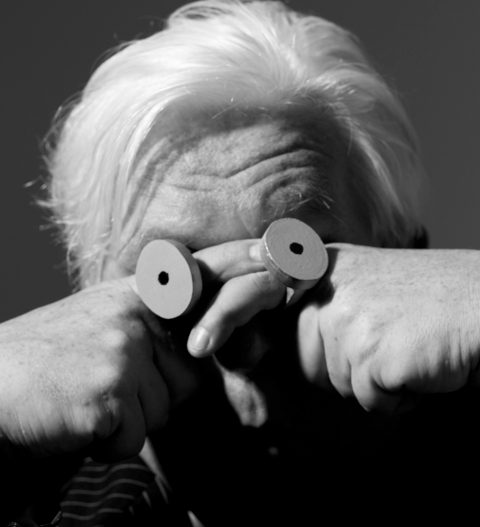
The prose in The Vorrh has elements of a poetic style. How has being a poet influenced your prose?
The prose grew out of the poetry. I had written many atmospheric things about objects, landscape and place, often in parallel to the work I was making in installations and performances. Uninhabited enigmas, where the viewer/reader was the catalyst to the event. It was the introduction of persona that changed everything. This began with Vanished: A Video Séance. A tightly constructed video made with the screenwriter Tony Grisoni. It was based on the ‘true’ story of the talking mongoose of Cashen’s Gap on the Isle of Mann. It was a work for three talking heads; mother, father and daughter, each telling their version of the 6 year haunting. We worked long and hard on the script and getting the actors to inhabit the ghosts of the Irving family. That was the beginning of inventing people and giving them the reins.
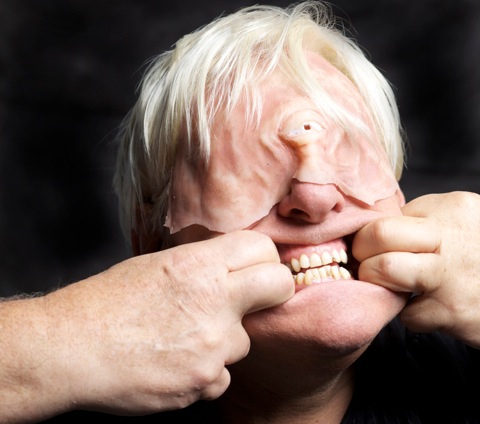
Cyclops have been a recurring theme in your art and writing. What draws you to these mythical creatures?
It began in the old Hunterian Museum at the Royal College of Surgeons. I used to take students there to draw. In the backroom there was a pre-natal specimen of a human Cyclops. A forlorn and disturbing little head with red hair and a double pupil in a single eye. Some years later I made the performance work Scroll for Bookworks in the King’s Library of the British Museum. During the documentary filming, the cameraman caught the reflection on my face mirrored in the vitrine that I had adapted for the work. Later when I saw this I was stunned at the likeness to the museum specimen and realise that I could manufacture a living talking Cyclops. The character of the melancholic monster then quickly developed and I began to collect and invent other versions. I have always been interested in what isolates and inverts humanity and how it is often attached to physical difference.

Various real-life characters (including, in the first book, Eadweard Muybridge and Raymond Roussel) appear in The Vorrh, and some play very key roles. What were you attempting to achieve by including such personalities?
Amazingly they insisted on larger and larger roles. I had Muybridge as a cameo, performing one scene, where he photographs a running horse being shot with a Mars (Gabbet-Fairfax) automatic pistol. But once in the frame he began to grow and dominate. When I then discovered that he was a murderer and had consulted Sir William Withey Gull, surgeon to Queen Victoria and suspect for Jack the Ripper. The gate was flung open and out he roamed. Roussel and some of the others prowl the Vorrh because their extraordinary personalities seem to engage significantly with the fictional entities and the overall weirdness of the story. Hand-in-glove as it were.
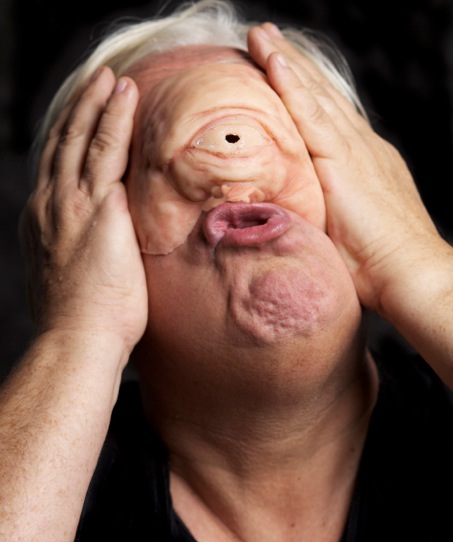
In his foreword to The Vorrh, Alan Moore discusses how the book discards the typical fantasy tropes – elves, orcs, and so forth. Was avoiding such cliches a very conscious decision?
It never occurred to me that I was writing a fantasy work. I thought The Vorrh was turning into an epic surrealist novel, a contradiction in terms. However Alan’s extensive knowledge of the genre has given it a foothold somewhere in that lineage. And I now realise it is an intriguing way for it to be seen. So the wearying cast of repertory dwarves, elves and dragons was never an issue.
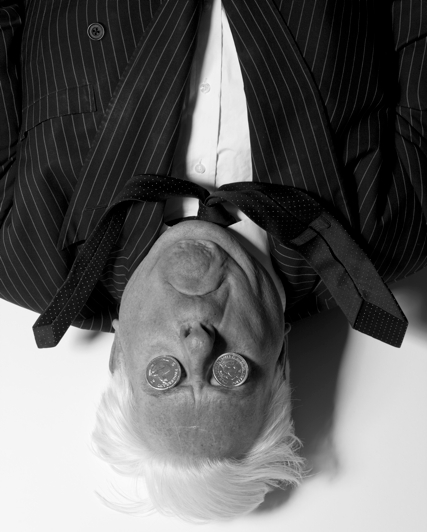
How did you feel when you read Alan Moore’s quote: “one of the most original and stunning works of fantasy that it has ever been my privilege to read”?
Stunned! His generous enthusiasm for the book is overwhelming. And his informed opinion about how it sits inside fantasy literature is a real lesson. His definition is a solid one that explains that my obsession about the imagination fits inside the core of non-domestic fiction that fantasy is such a great part of. I have much to thank him for.
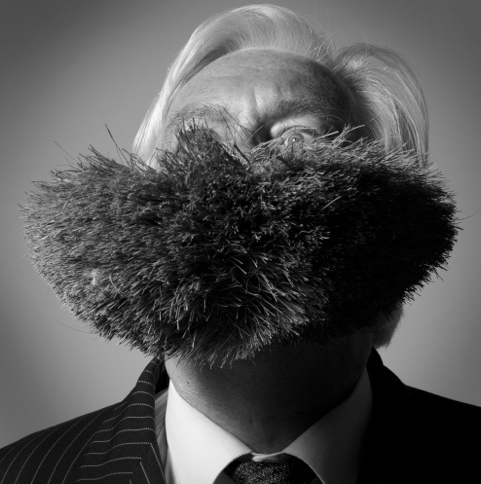
What do you make of Tolkien?
He is simply just there. Rather like Tower Bridge or the King James Bible. Since moving from Whitechapel, I live and work in Oxford, which seems to be a hive or incubation chamber for epic fantasy. It could be something in the water or Dodson’s weird photographic light or incantations of Dr Dee’s re-written in the mists of the Thames Valley. It was never my vaguest intension to embrace it or follow the path of Tolkien, C.S. Lewis or Philip Pullman, their clean-worded trilogies were way beyond my anticipation but hell who knows? The Vorrh just might have grotesquely evolved into another one, but with an essential difference. This one ain’t for kids.
So, there you have it folks. Click to order The Vorrh right here.
Tags: alan moore, alan moore the vorrh, b. catling, brian catling, c.s. lewis, cormac mccarthy blood meridian, Eadweard Muybridge, fantasy elves dwarves dragons, fantasy novels, iain sinclair, impressions of africa, john fuller flying to nowhere, jrr tolkien, philip pullman, raymond roussel, Sir William Withey Gull, Sir William Withey Gull jack the ripper, Site of Execution, surreal literature, the vorrh, tim powers the anubis gates, tolkien, tony grisoni, Tower of London, vanished a video seance
This entry was posted on Wednesday, October 31st, 2012 at 6:00 pm and is filed under Articles, Articles, Honest Publishing Blog, News. You can follow any responses to this entry through the RSS 2.0 feed. You can skip to the end and leave a response. Pinging is currently not allowed.










